Yesterday Google’s Doodle had a Sitar ( in memory of Pandit Ravi shankar’s birth Anniversary. He was one of the most famous Sitar players in the world).
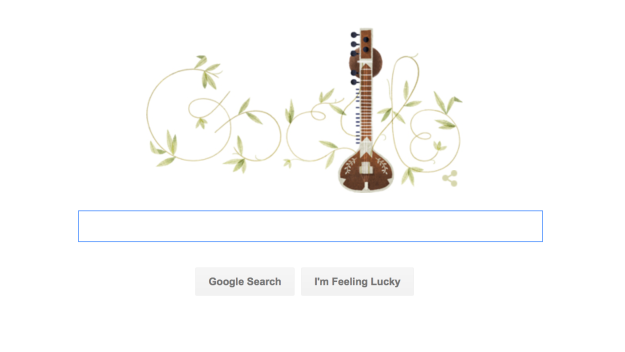
This made me wonder if I knew anything about the Sitar? What are the origins of the Sitar? (even though I was an Indian classical music student, I did not find this out before ). And how many of us mistake the Sitar to be the same as a Veena or a Tanpura? ( we all do that as all of them almost look the same.) Here are the answers to these questions in a brief manner.
SITAR
A sitar belongs to the musical instrument family call LUTE. Lute family has all the plucked string instruments (Plucking is a way of pulling and releasing the string in a particular way to make it vibrate or to stop at a particular pitch. This can be done with either a plectrum or a finger.) The instruments in this family are sitar,bass guitar, banjo,mandolin etc).This instrument is mostly used in Hindustani classical music ( There are two forms of classical Music : Hindustani and Carnatic).
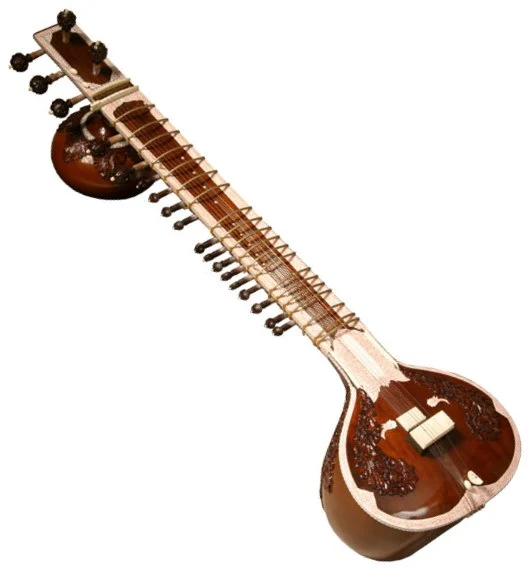
There are basically two stories about the origin. The first one is that the Sitar originated in the Middle East as the word Sitar is derived from Persion word ‘Seh+ tar’ meaning three strings. Sitar is still prevalent in the middle east. Another etymology is that Sitar was derived from an Indian musical instrument Veena and was called Sattar initially. In Hindi language, ‘Sat + tar’ means seven strings.
VEENA
This instrument is used in Indian classical music. It has two basic versions. 1. Rudra Veena which belongs to the zither family and played mostly in Hindustani Classical music. 2. Saraswati Veena which belongs to the lute family and is mainly played in Carnatic Music.

The origin of Veena is supposed to be from Hindu Mythology where the Indian Goddess of learning , Saraswati plays the Veena. Hence its cited to be an acient instrument. It is also speculated that the Middle eastern instrument called ‘Vina’ is inspired from Veena.

TANPURA
Tanpura is another string instrument that does not play melody on its own, but supports the melody of another instrument or singer. It plays a continuous harmonic music that provides a base pitch ( like the modern Shrutibox , an electronic instrument to provide a base pitch too).
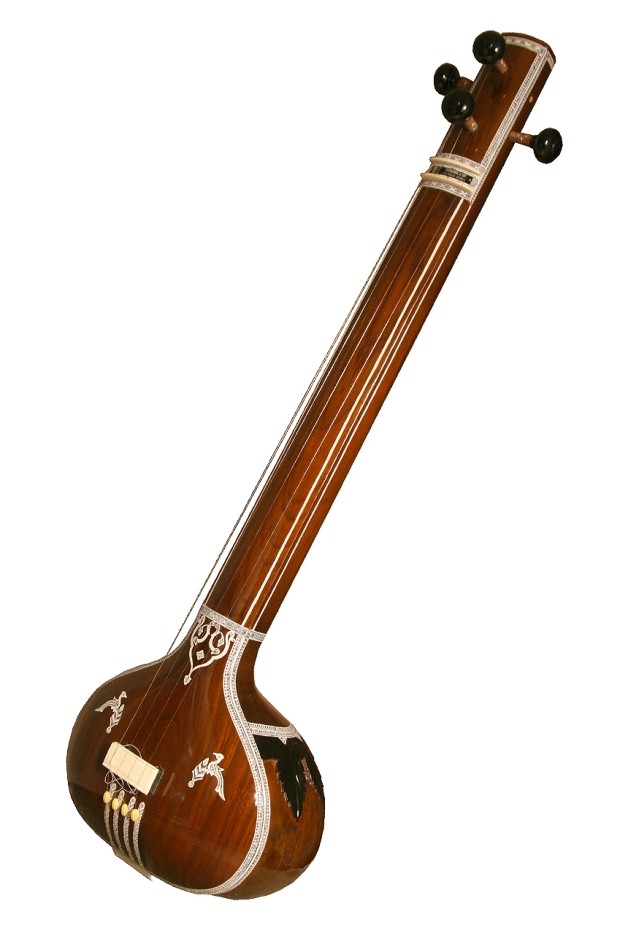
The name Tanpura is derived from the word Tana meaning a musical phrase and pure meaning full or complete. It is also referred to as ‘Tambura’.
BASIC DIFFERENCES BETWEEN SITAR, VEENA AND TANPURA
SITAR |
VEENA |
TANPURA |
|
| ANATOMY OF THE INSTRUMENT | 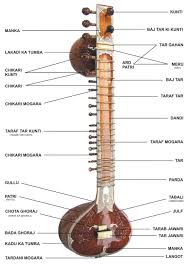 |
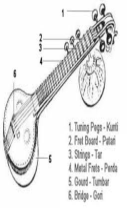 |
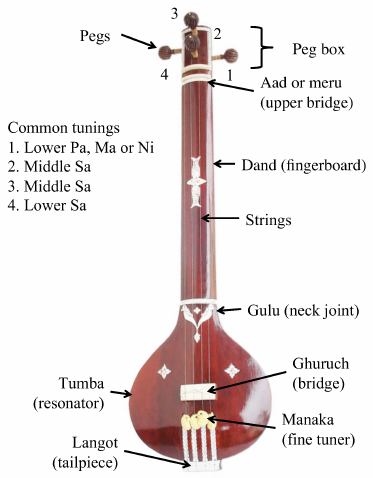 |
| NUMBER OF STRINGS | 17 to 20 | 4 | 4 |
| PLAYING STYLE | 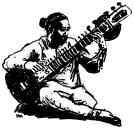 |
 |
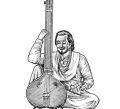 |
| SIZES | Various sizes | Various sizes | Various sizes |
| VERSIONS | Gayaki (Vilayat Khan style); Instrumental (Ravi Shankar style) | Saraswati Veena; Rudra Veena;Chitra Veena | Tanpuri ; Tanjore style; Miraj Style |
|
SOUND DIFFERENCE (AUDIO LINK) |
https://www.youtube.com/watch?v=gMk2eTqPLWk&nohtml5=False | https://www.youtube.com/watch?v=ohACeQcYHK4 | https://www.youtube.com/watch?v=8lVku_IzMNE |
| LENGTH | 4 feet | 4 feet | 3 to 5 feet |
| WEIGHT | 30 KG | 6.8 KG | 2.2 KG |
| BRIDGES | 2 ( 1 small and 1 big) | 2 ( 1 small and 1 big) | 1 |
| MATERIAL | Wood | Wood | Wood |
| FRETS | Has Frets | Different versions may or may not have frets | No Frets |
Stay tuned for the next series differentiating other stringed instruments such as Guitar, Violin etc. More on other instruments, indian classical music and modern musical techniques coming soon!! Please feel free to give in your suggestions.
